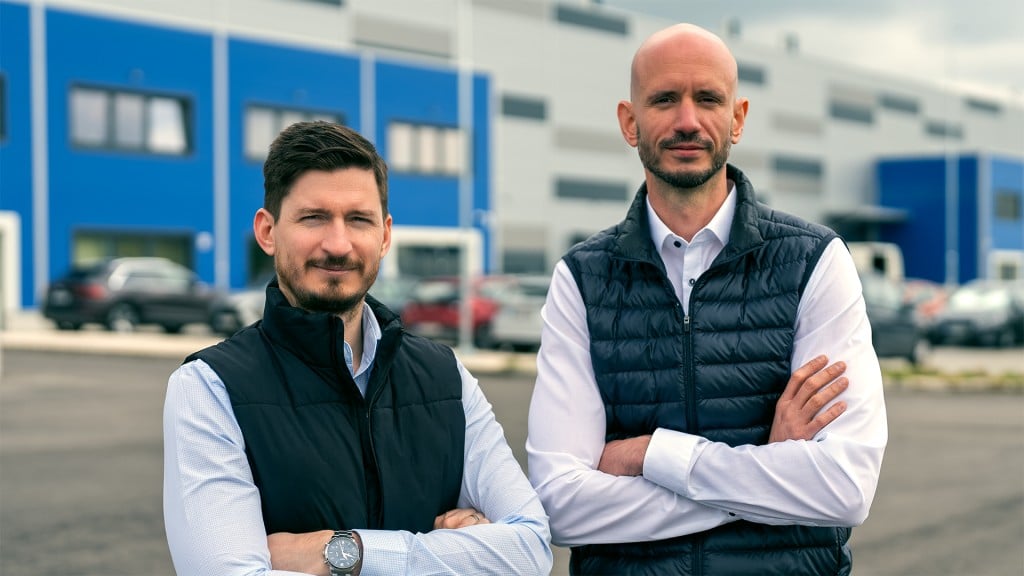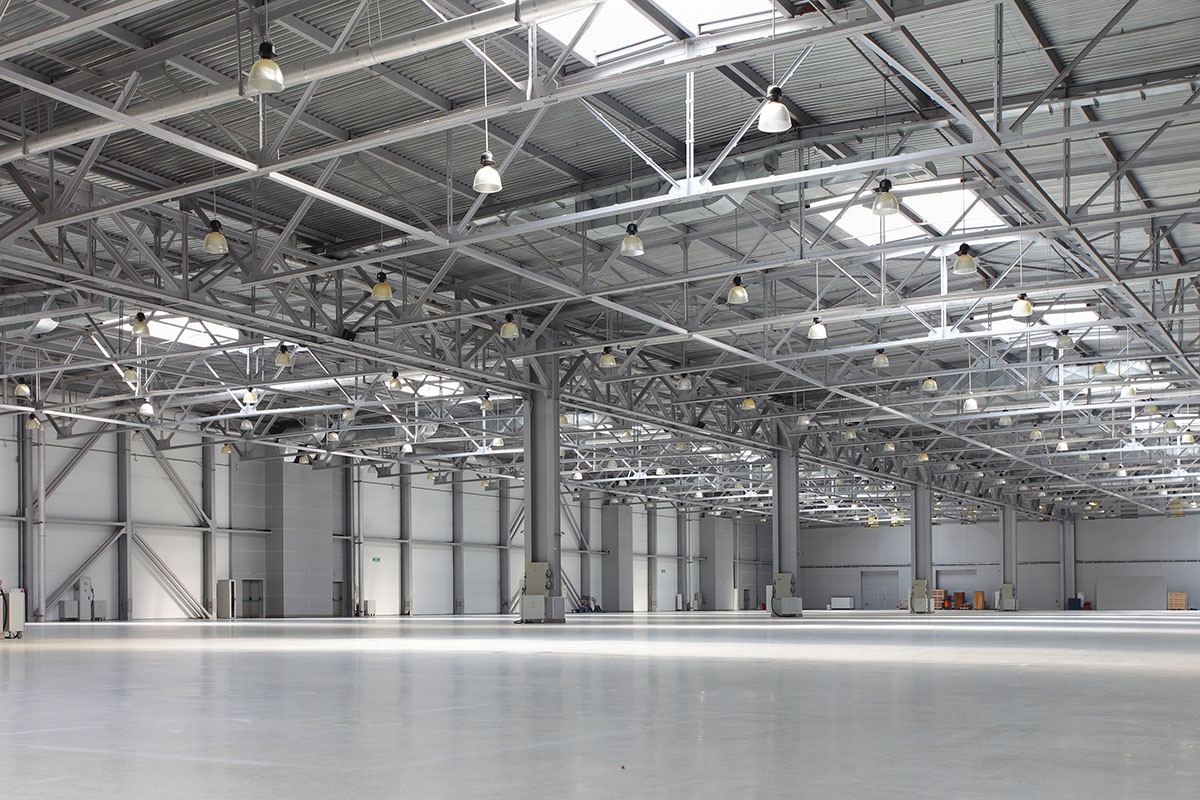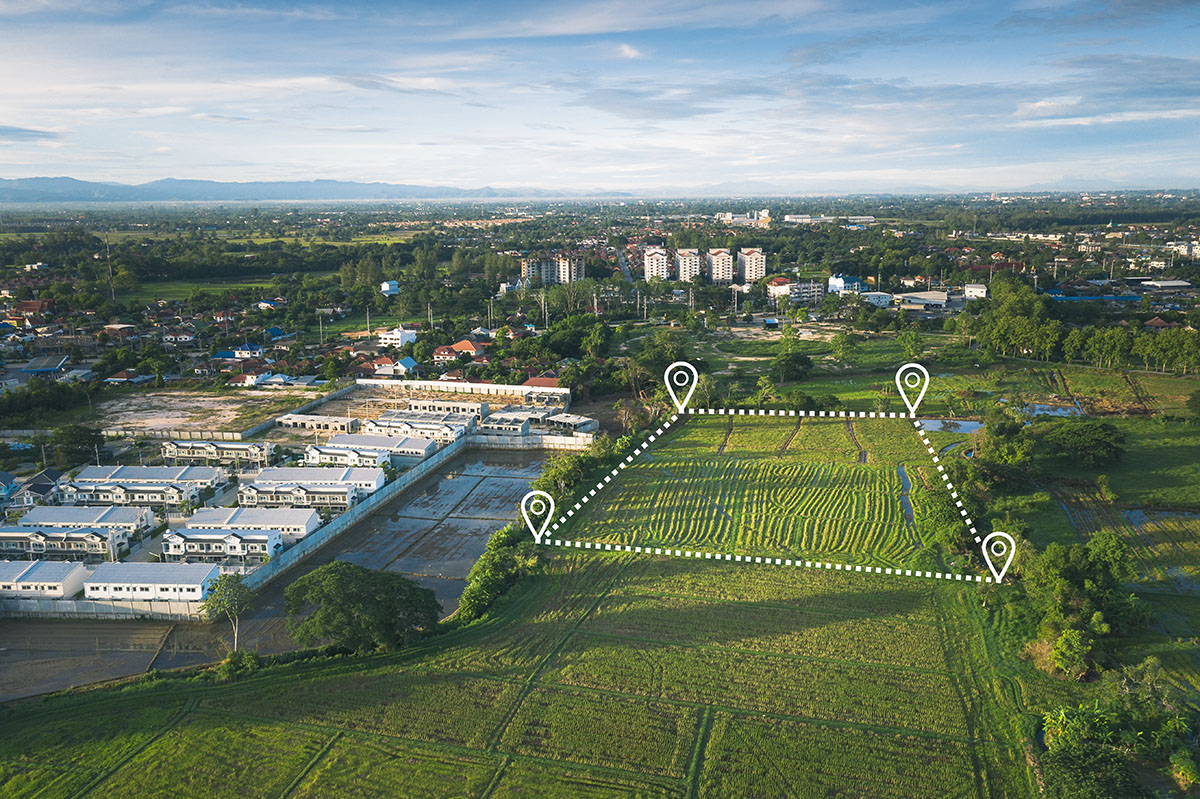We talked to Bence Boronkay, founder of Faedra Group (on the left), and Máté Szoboszlay, partner in charge of development at the company, in an unusual three-way interview. Among other topics, the current trends, the potential of rural locations and the sale of the Faedra 22 project were discussed.
What are the current trends and processes that are shaping the logistics real estate market?
Máté Szoboszlay: We think that the momentum in industrial logistics can continue, and there is reason to be optimistic. Last year, the total volume of industrial/logistics real estate nationwide exceeded 5 million m2, and Budapest also reached a milestone with 3.5 million m2 of stock. The tenant or demand market is constantly changing, we feel it, and it is our job to respond well. The positive news is that the vacancy rate remains in the single digits, meaning that the demand on the market can be met and supply is not yet at a level that would lead to a drastic change in trading conditions, even in a negative direction. In fact, the fall in demand in the second half of 2023 could be a drag on rental growth this year. Over-development can be risky, but one thing is certain – and we have a living example – speculative projects with laser-sharp locations and flexible technical content still have a place in both the rental and investment markets. In terms of demand mix, we currently see demand in the market mainly from industrial, including automotive and light manufacturing, with demand also coming from the pharmaceutical and food industries. The role of e-commerce has declined, but this can be explained by the high inflationary environment and the decline in domestic consumption. The third-party logistics segment, traditionally strong in the market, is also showing a changing picture, with flexibility – and this is now an expectation for property owners – being valued alongside specific needs, and the sector remains highly cost-sensitive, which is determining the opportunities.
Bence Boronkay: I would like to add that there is a growing trend to incorporate individual needs into real estate specific processes. I am referring to the rise of individual technical solutions, sustainability thinking, or even the provision of asset financing. This kind of complexity needs to be managed by both the developer and the user side.
What do you think, is there life outside the M0? Is Debrecen or Kecskemét a chance for major development?
Bence Boronkay: In terms of location, the needs are absolutely diversified, the central role of Budapest has remained – within this we expect more significant development in the airport region – but the importance of rural cities such as Debrecen, Győr, Kecskemét is steadily growing. In a nutshell, we see a locational T-curve centred on the capital, but with the axes cutting out a significant slice, thanks to ongoing and planned automotive investments, among other things. We expect the volume of rural, secondary stock to significantly approach that of the capital over the next period, with tertiary markets such as Pécs and Szeged emerging.
The role of built-to-suit developments has reportedly increased. Can you confirm this?
Máté Szoboszlay: we examined the issue and in a regional comparison we saw that the share of built-to-suit developments in both the Czech and Slovak markets is much higher than in Hungary and especially in Budapest, as the BTS market in Hungary has been predominantly rural in the past decades. There is a general trend reversal here, which is already more pronounced in Budapest. Examples include the new Tesco distribution centre and the BTS projects around the airport. And in rural areas, as we said, there is a strong demand side, for which we will offer alternatives in the future.
Bence Boronkay: In response to this, Faedra Group’s priority is to become a reliable partner for industrial and logistics users in Hungary who are looking for a new location or expansion opportunity, or are considering this type of investment.
In your previous press release, you say that your latest development boasts 100% occupancy. Does this mean that the triumph of the logistics sector continues or have you performed above average?
Bence Boronkay: Yes, the 100% occupancy rate for Faedra 22 is correct, for a number of development conceptual reasons. On the one hand, it is a combination of a well-chosen location, advanced infrastructure, existing transport and public transport alternatives, and outstanding technical content. In addition, partners who choose us can count on the potential of our flexible solutions. We would like to thank them for their trust, and we will do our best to honour it.
Máté Szoboszlay: In the case of Faedra 22, it is worth highlighting that we have successfully adapted to the unique needs of our tenants compared to standard warehouses, keeping in mind the sustainability design and operational cost efficiency. The fact that state-of-the-art, advanced technical solutions such as heat pumps, energy-saving LED lighting or the planned solar system are part of the project has convinced international and domestic companies that they can rely on us to further increase their competitiveness and gain further optimisation opportunities in terms of operational efficiency. This is not just an empty phrase, as the BREEAM rating and the 100% occupancy rate are proof of this.
The question that is probably on everyone’s mind: what are the details of the exit, how did the project sell?
Bence Boronkay: As reported in the press, the project was successfully sold to an institutional investor with a German background at the end of March, after a six-month sales and due diligence process. This is an important milestone in our life, but we believe it is also true for the currently illiquid domestic industrial-logistics segment. The details of the transaction are not public, but I can tell you that it was done at a premium yield level, defying the conservative market approach of some analysts.
Congratulations on the sale! What is next, what are the development plans for Faedra 2024?
Bence Boronkay: a decade after entering the real estate development market, I think the group is mature and ready for bigger challenges. Based on the feedback from our investor and financing partners, we believe we will be able to deliver more substantial developments across multiple asset classes. First and foremost in Hungary, but we have no secret medium-term goal of being present in the region. For me, it is of paramount importance that, alongside the new ones, we do this together with the partners who have accompanied me along this journey. Credibility and transparency, that’s what I insist on.
Máté Szoboszlay: although only a quarter of the year has passed, I can already say that we have had a busy year. On the one hand, we have sold our Faedra 22 development, and on the other hand we have several speculative developments under preparation and ready to go in Budapest, as well as options in the countryside. And it’s not just the industrial logistics segment, we are looking at a range of alternatives in different asset classes. We are rebranding, the team has grown and will continue to grow, and we are constantly improving our infrastructure. In my opinion, 2024 will also be the maturity of Faedra 2.0, where we can move up a level in all areas, while preserving our values.
Source: Raktarkereso.info



